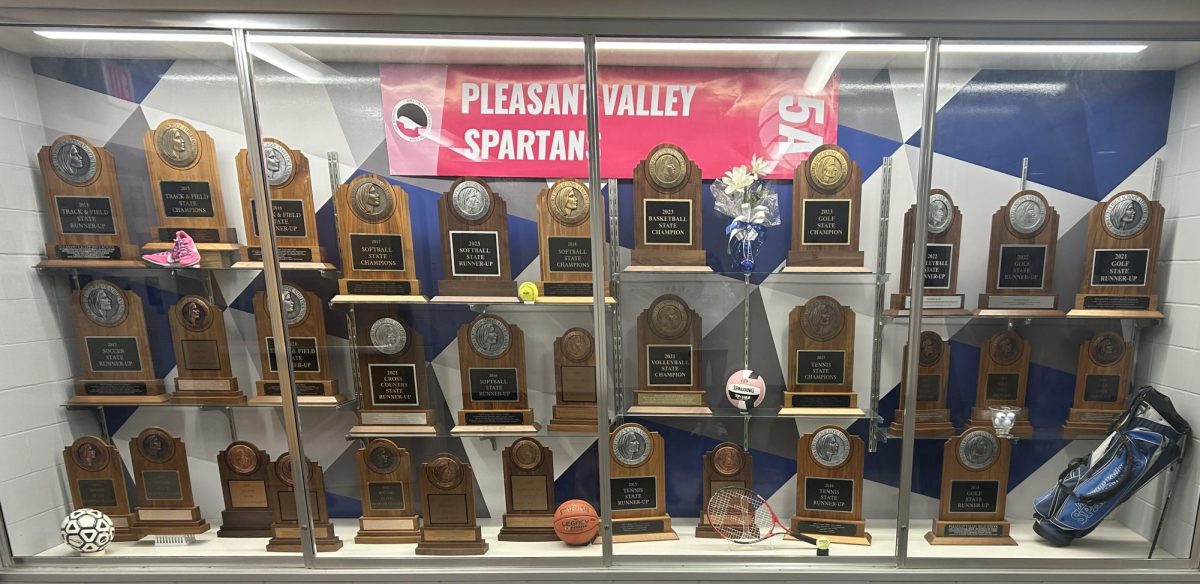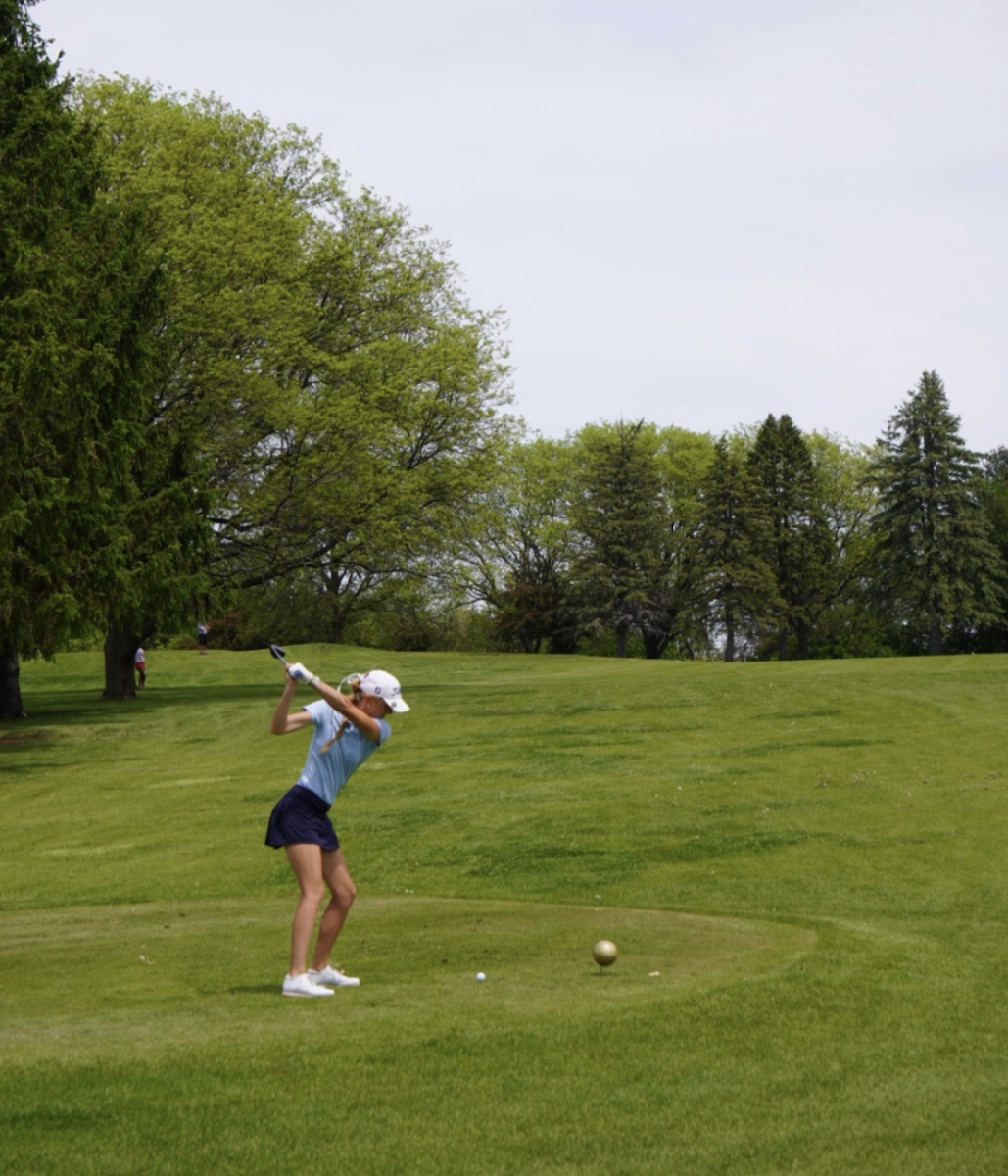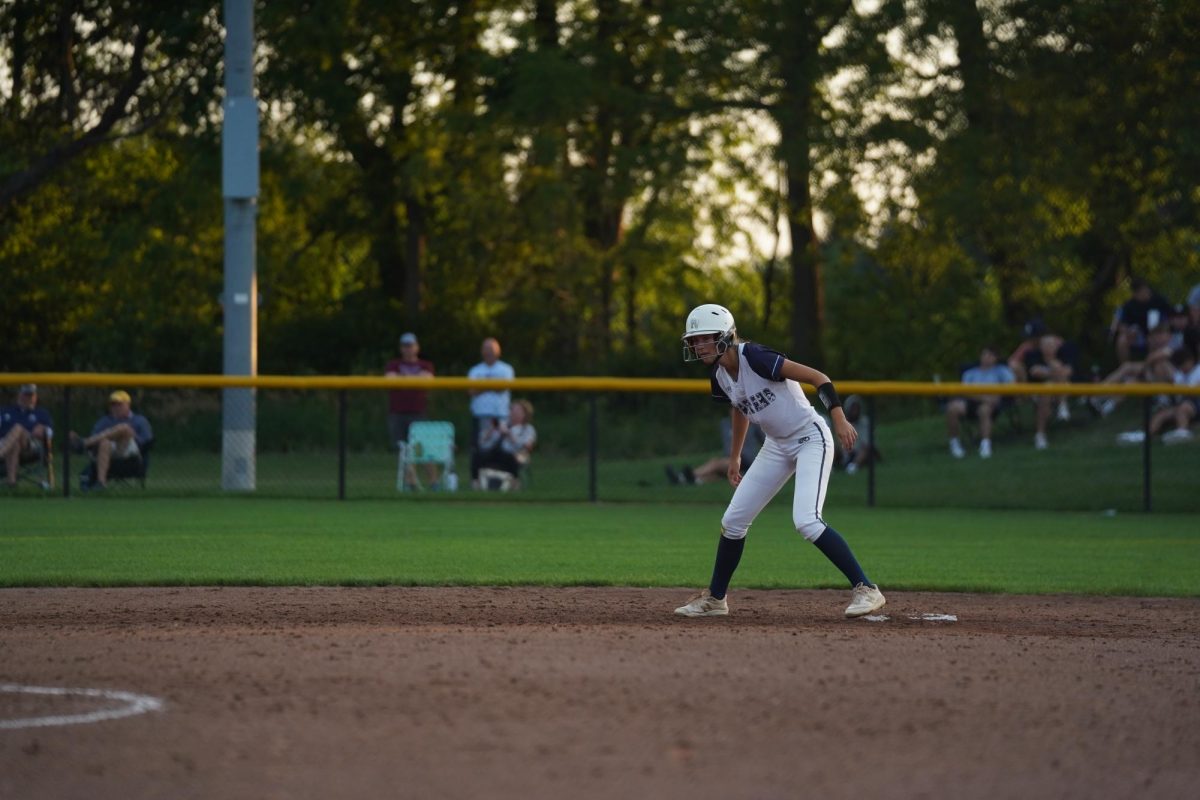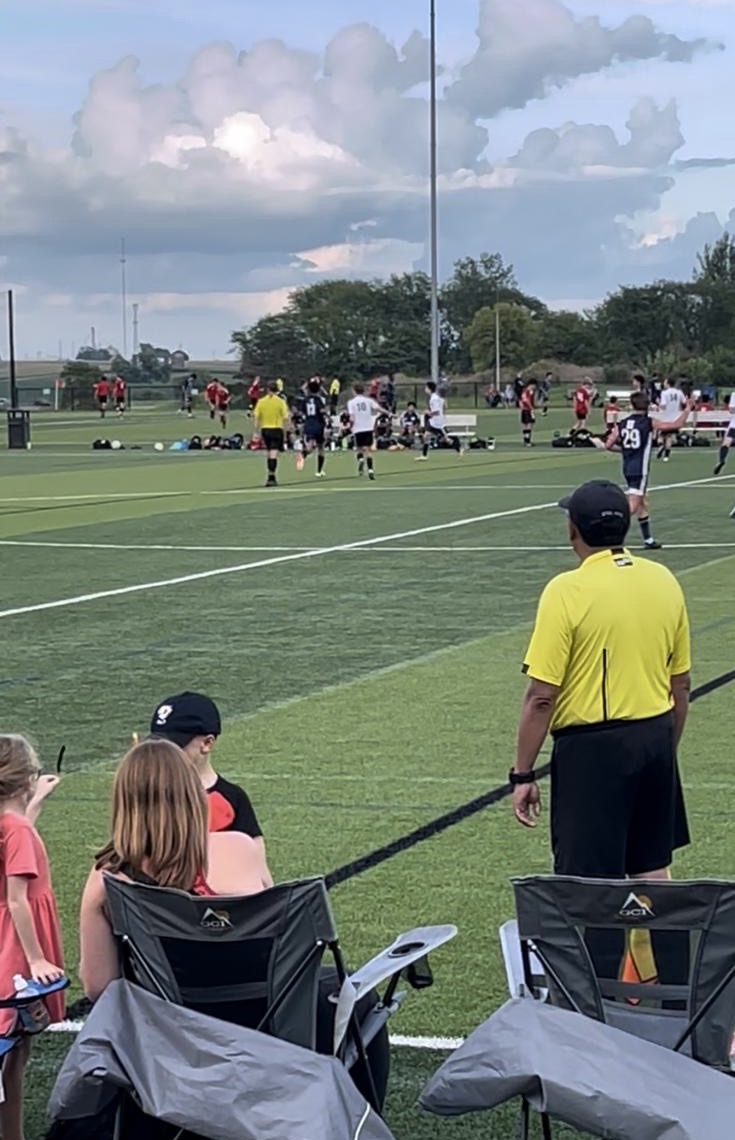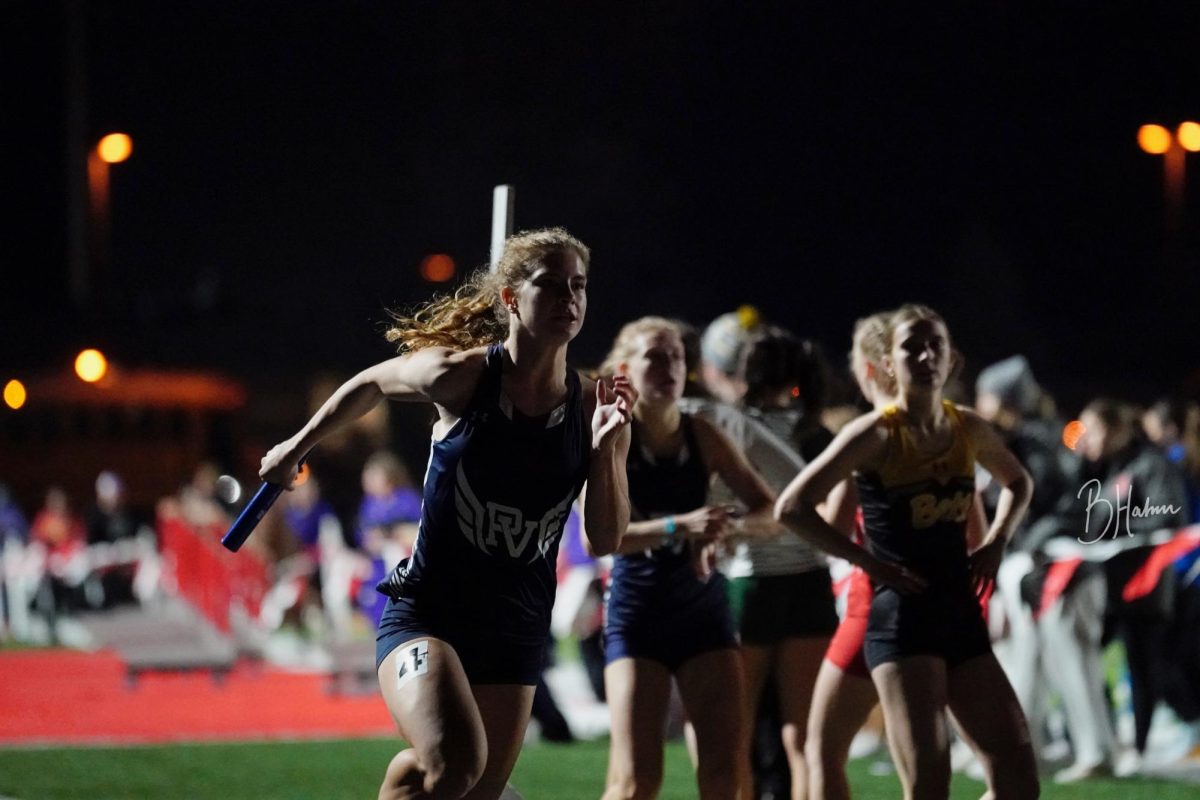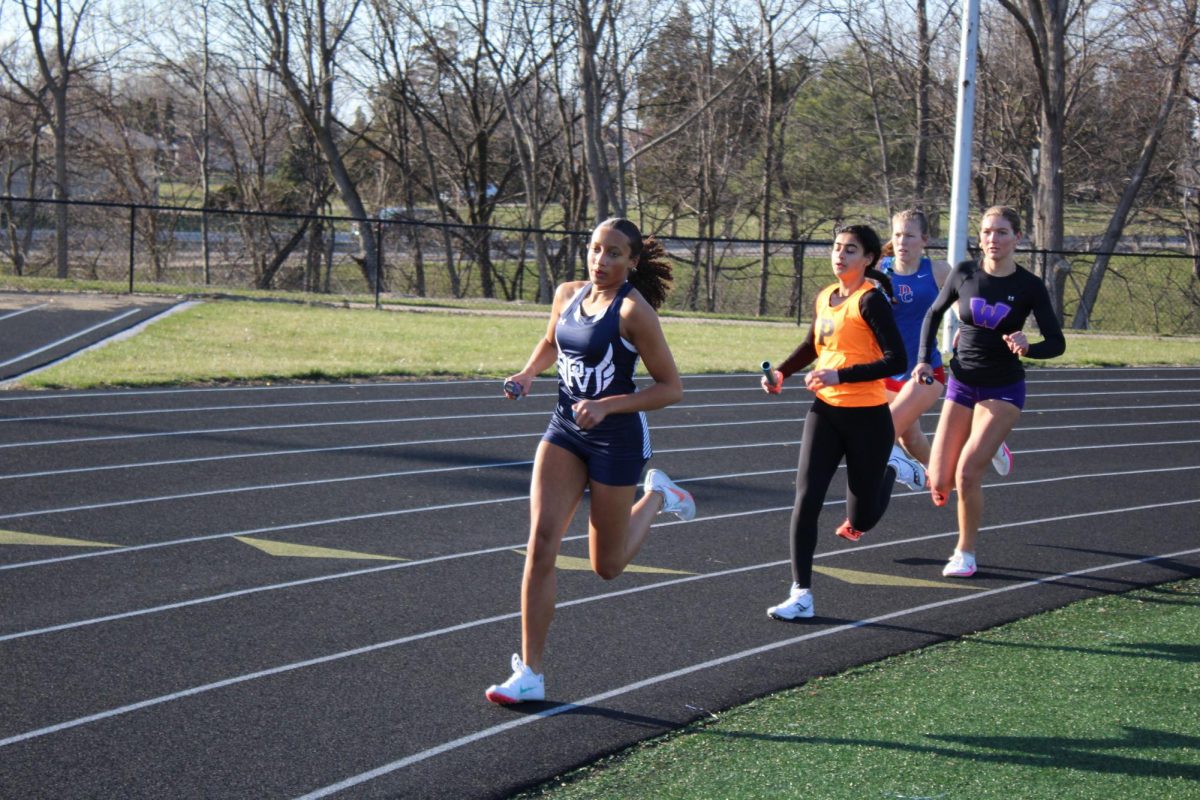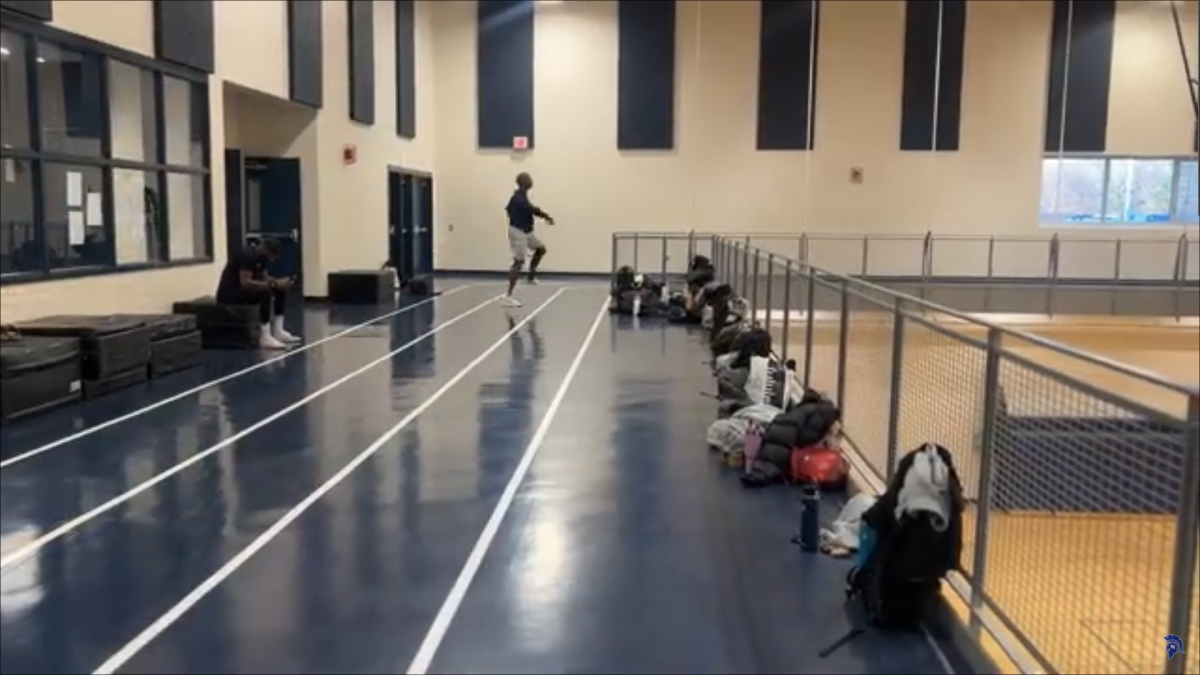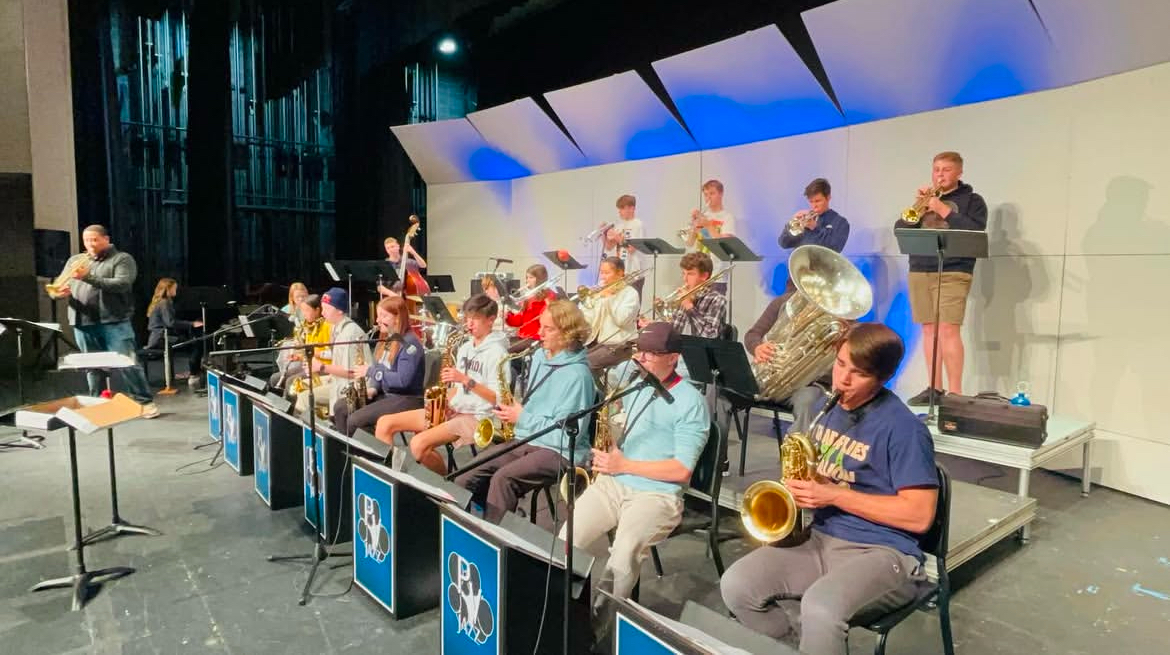Between 1980 and 2023, high school sports have changed drastically. In the 80s, safety protocols in high contact sports were insufficient, and womens sports were merely an afterthought. Today, both men’s and women’s athletics are celebrated, protected and enjoyed.
In Indiana in 1982, men’s athletics were among the most important things. A varsity jersey on the men’s basketball team meant you were a star. This was not the case when it came to women’s basketball. Although it was competitive, the opportunities and popularity of girls basketball was lackluster.
“They didn’t even charge to get into girls’ games. They were trying to help us get fans but nothing changed,” said 1982 varsity basketball player Amy LaBarge. This trend continued into other girls sports.
In softball, girls were only allowed to play slow pitch, it wasn’t until the 90s when the state of Indiana allowed high school girls to play fastpitch softball. The girls had the opportunity to play for their school, but it didn’t mean as much as the boys. “We had varsity sports but they weren’t state sanctioned. It was different. It was kind of more of like a tr

avel ball kind of thing for your school,” said LaBarge.
Today, there is still a divide between men’s and women’s attendance at games. Fortunately, high school communities have seen much improvement, and girls can pick from 13 athletic programs at PV, all of which are state sanctioned and developed.
Women’s athletic presence wasn’t the only issue in the 80s. In high contact sports such as football, soccer, basketball and wrestling, players were not informed about the dangers of repeated head blows. “CTE was not around…we had heard of it but the precaution, the medical advancements or knowledge you might say of, you know, concussions and repeated head blows, that wasn’t really there,” explained PV alumni football player, Russel Jean Vanwetzinga lll.
Since then, schools have taken multiple steps toward keeping high school athletics safe. Now, every athlete participating in a high contact sport takes a concussion baseline test in the first few weeks of their season.
“When we think you have a concussion, it will compare the baseline to your test now…It’s not necessarily going to tell us that you have a concussion, but what it does is tell us that your brain isn’t functioning like it normally does,” described PV athletic trainer Jason Viel.
High school athletics have made great strides in the protection of athletes. Schools have decreased concussion frequency and CTE symptoms in high contact sports. Schools have also increased women’s involvement in school athletics. Today, all sports teams are celebrated unlike before and athletes are properly protected.


